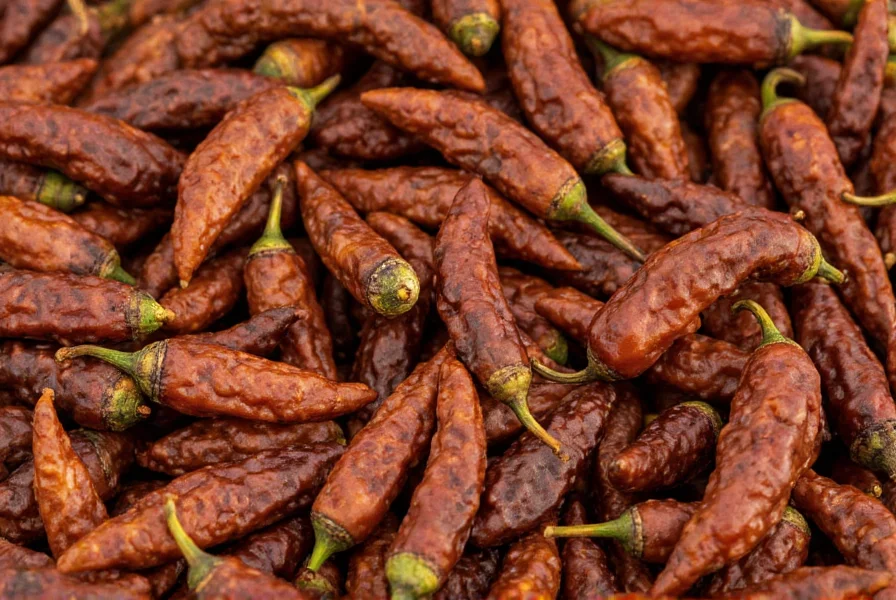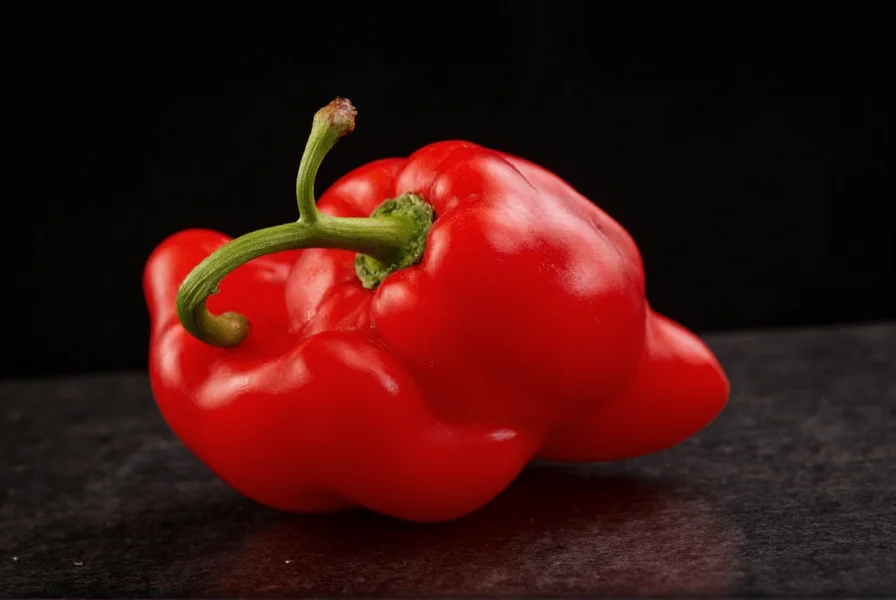Many home cooks and spice enthusiasts encounter the term "sensual pepper" while searching for unique culinary experiences. This misunderstanding typically arises from misinterpretations of sensory-focused cooking content or mistranslations of regional spice names. Understanding the actual spices that deliver remarkable sensory experiences can transform your cooking approach and flavor exploration.
Understanding the Sensory Properties of Peppers
When discussing peppers with notable sensory characteristics, we're referring to varieties that engage multiple senses beyond just heat. These spices create complex experiences through their aroma, texture, visual appeal, and the way they interact with our taste receptors. The confusion around "sensual pepper" often points toward spices that deliver these multi-dimensional sensory experiences.
Common Misunderstandings in Spice Terminology
The term "sensual pepper" frequently appears in online searches but doesn't correspond to any officially recognized pepper variety. This confusion typically stems from three sources:
- Mishearing or misspelling of "Senegal pepper" (Xylopia aethiopica)
- Misinterpretation of "sensory peppers" - spices known for unique mouthfeel or aftereffects
- Confusion with culinary descriptions of peppers that create "sensory experiences"

Senegal Pepper: The Likely Source of Confusion
Senegal pepper, scientifically known as Xylopia aethiopica, grows wild in West Africa and has been used for centuries in traditional cooking and medicine. This spice features:
- Distinctive brown, elongated pods containing small black seeds
- Complex flavor profile with notes of black pepper, cinnamon, and nutmeg
- Potent aromatic properties that engage the sense of smell during cooking
- Moderate heat level that builds gradually rather than overwhelming
Chefs specializing in West African cuisine prize Senegal pepper for its ability to create what might be described as a "sensory journey" - the spice engages multiple senses simultaneously, which likely contributed to the "sensual pepper" misnomer.
Other Peppers with Notable Sensory Properties
Several other peppers create distinctive sensory experiences that might be mistakenly labeled as "sensual":
| Pepper Variety | Sensory Characteristics | Common Culinary Uses |
|---|---|---|
| Grains of Paradise | Warm citrus notes, subtle numbing effect | Spice blends, craft beers, chocolate pairings |
| Szechuan Peppercorns | Distinctive tingling sensation (paresthesia) | Asian cuisine, modernist cooking techniques |
| Long Pepper | Complex heat that evolves over time | Historical recipes, artisanal sausages |
The Science Behind Sensory Pepper Experiences
The sensory properties of these peppers stem from specific chemical compounds that interact with our nervous system. For example, Szechuan peppercorns contain hydroxy-alpha sanshool, which triggers touch receptors in the mouth, creating a tingling sensation. Senegal pepper's unique profile comes from a combination of essential oils that engage both smell and taste receptors simultaneously.
Understanding these mechanisms helps explain why certain peppers create what might be described as "sensual" experiences - they're literally engaging multiple sensory pathways at once, creating a more immersive culinary experience than standard black pepper.

Practical Applications in Modern Cooking
Chefs increasingly leverage these sensory properties to create memorable dining experiences. When working with peppers that offer distinctive sensory profiles:
- Use them sparingly at first to understand their unique effects
- Consider the timing of addition during cooking to preserve volatile aromatic compounds
- Pair with complementary ingredients that enhance rather than compete with their sensory properties
- Experiment with different preparation methods (whole, cracked, ground) to vary the sensory experience
For home cooks exploring these unique peppers, start with Senegal pepper in traditional West African stews or as a substitute for black pepper in spice rubs. The gradual heat development and complex aroma make it particularly suitable for dishes where you want the spice to evolve throughout the eating experience.
Finding Authentic Sensory Peppers
Locating authentic Senegal pepper and other sensory-focused varieties requires some research. Specialty African markets, reputable online spice merchants, and certain gourmet food stores typically carry these less common varieties. When purchasing, look for:
- Fresh, aromatic spices with vibrant color
- Clear labeling of botanical names (Xylopia aethiopica for Senegal pepper)
- Information about origin and harvest date
- Storage in airtight containers to preserve volatile compounds
Be wary of products marketed as "sensual pepper" without proper botanical identification, as these may be mislabeled or of questionable quality.











 浙公网安备
33010002000092号
浙公网安备
33010002000092号 浙B2-20120091-4
浙B2-20120091-4